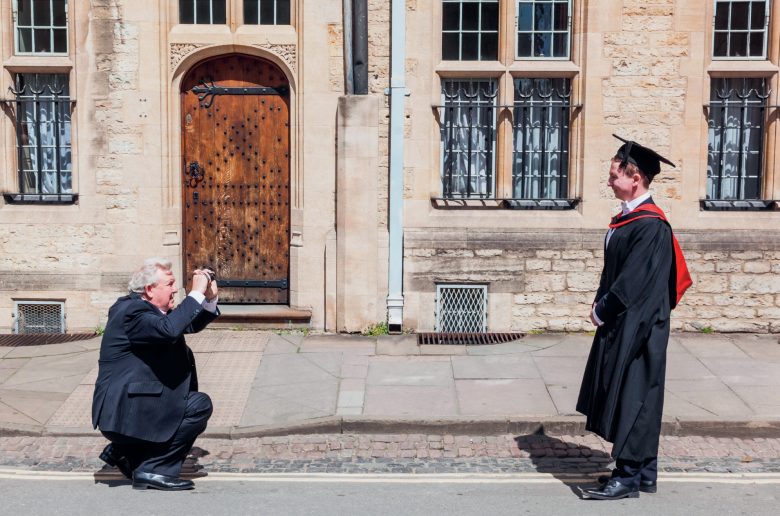
The World Inequality Report (2022), supported by the UN Development Programme, is the most comprehensive work around on the state of global inequality and its trajectory. It certainly has some big names on its list of contributing authors. Levels of inequality remain brutal in many parts of the world, but as the report points out, this is no case for giving up on narrowing the inequality gap, or opting to stand by until the revolution comes.
The period from 1945 or 1950 till 1980, was actually one of shrinking inequality in many parts of the world, including the USA, UK, France, but also India and China. In many places during this period, tax rates were high, and there was an ideology that inequality needed to be kept in check, a view shared by the corporate sector, civil society and government. But since then, declining regulation and a global entrepreneurial culture has promoted private wealth accumulation: inequality has boomed as a result. Today, global wealth inequalities are even more pronounced than income inequalities. The poorest half of the world’s population barely owns any wealth at all, possessing just 2% of the total. In contrast, the richest 10% of the global population own 76% of all wealth (see Figure 1).
Your organisation does not have access to this article.
Sign up today to give your students the edge they need to achieve their best grades with subject expertise
Subscribe




